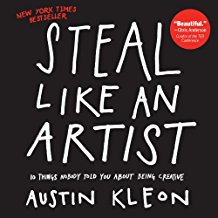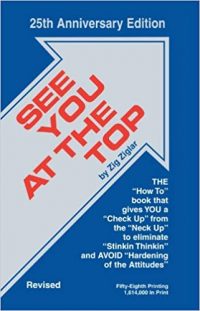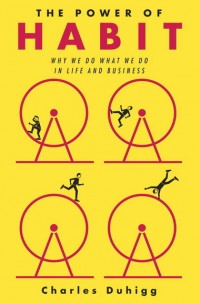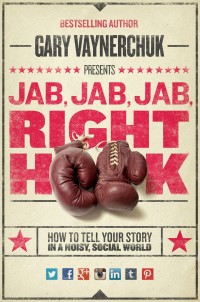ABOUT THIS EPISODE | Subscribe to the podcast on iTunes
In this episode, I’ll talk about some of my favorite creativity books. I’ll also share at least one actionable insight I’ve gleaned from each of the books on this list.
Click the Play button to get started.
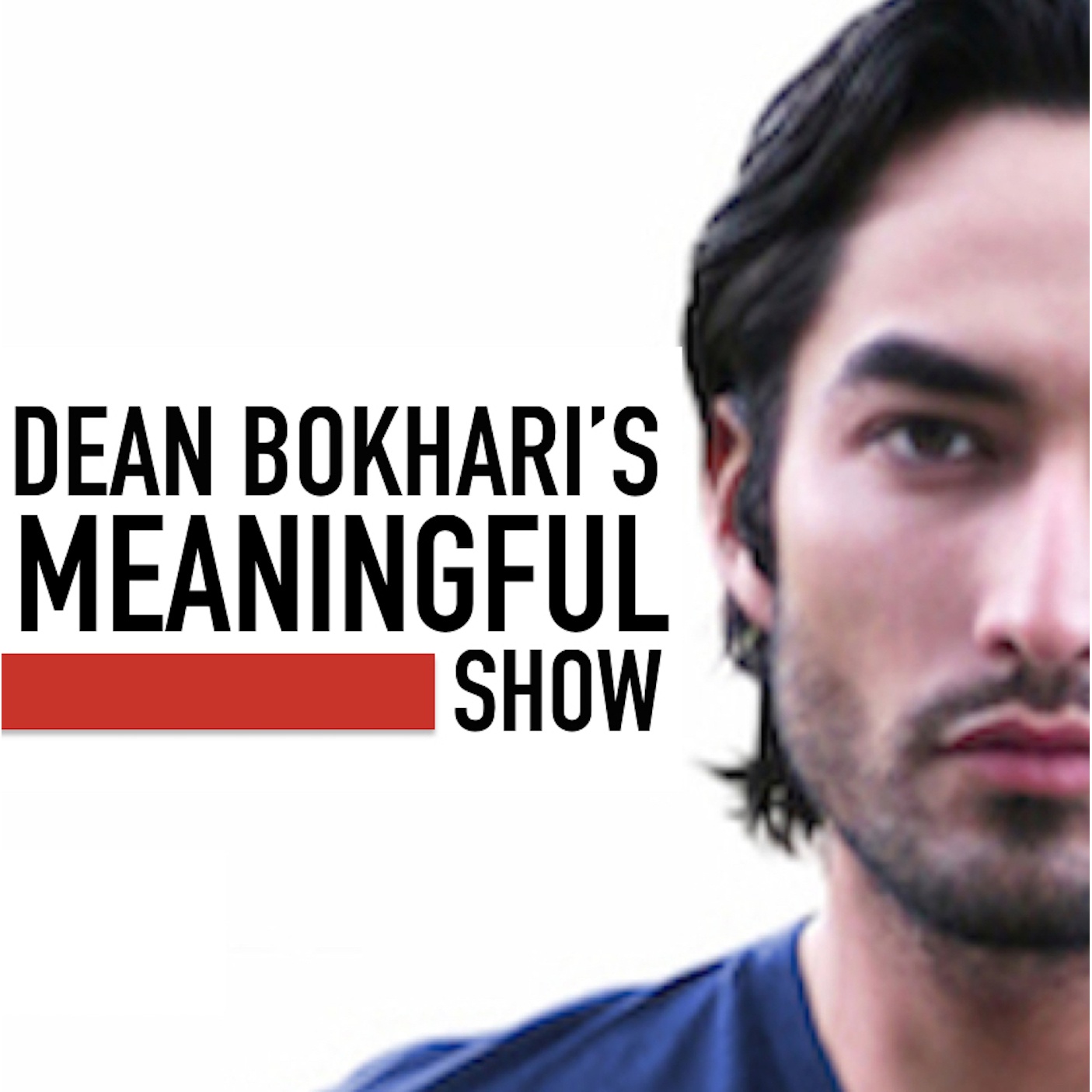
BOOK(S) MENTIONED IN THIS EPISODE
1. “The War of Art” by Steven Pressfield
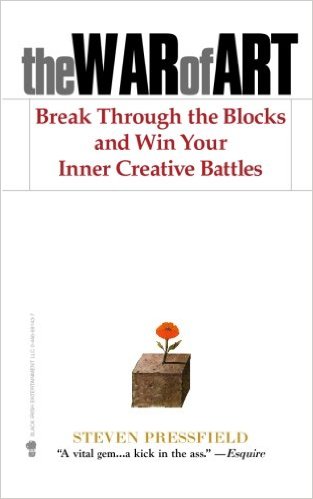
“Creative work is … a gift to the world and every being in it. Don’t cheat us of your contribution. Give us what you’ve got.”—Steven Pressfield
“The War of Art” will teach you how to break through the blocks every creative runs into from time to time. It certainly did the trick for me. Reading it almost feels like getting a solid kick in the rear from your very wise, very experienced, grandpa. Creatives have to work through the fear of failure, being their own worst critics and a lack of self-confidence. Pressfield also talks about overcoming procrastination and the energy that comes from working on the things you deem to be your true calling.
2. “Flow” by Mihaly Csikszentmihalyi
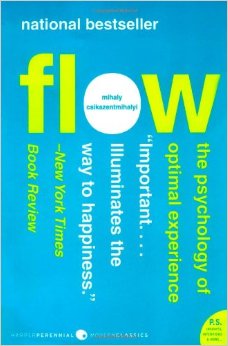
“Happiness is not something that happens. It is not the result of good fortune or random chance. It is not something that money can buy or power command. It does not depend on outside events, but, rather, on how we interpret them. Happiness, in fact, is a condition that must be prepared for, cultivated, and defended privately by each person. People who learn to control inner experience will be able to determine the quality of their lives, which is as close as any of us can come.” —Mihaly Csikszentmihalyi
(Take another look at the above quote and notice how applicable it is when you replace the word “happiness” with the phrase “increasing your creativity.”)
Ever experience that feeling where you totally lose track of time, you feel absolutely unstoppable and your excellent work just seems to effortlessly stream out of you? That’s called a “flow-state.” And in this book, you’ll learn how to bring it about within your own work.
3. “Lateral Thinking” by Edward de Bono
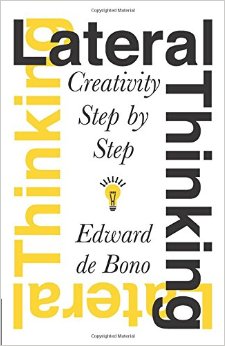
“Lateral thinking is like the reverse gear in a car. One would never try to drive along in reverse gear the whole time. On the other hand one needs to have it and to know how to use it for maneuverability and to get out of a blind alley.”—Edward de Bono
For some people, the concept of increasing your creativity is sort of like hitting the lottery: There’s a fat chance it’ll happen today, but maybe next time. In “Lateral Thinking,” author Edward de Bono shows us how to align our thinking in a way that actually helps us become more creative. While everyone else is trying to dig the same hole in the same place, this book shows you how to dig a new hole somewhere different.
4. “Steal Like an Artist” by Austin Kleon
“You don’t want to look like your heroes, you want to see like your heroes.”—Austin Kleon
This is a book about permission. It’s about the permission to stop hiding behind your own shadow, the permission to start creating something that actually matters and the permission to stand on the shoulders of giants who came before you and take advantage of their great ideas. The idea isn’t to “steal” other people’s work. (So, don’t do that; stealing is bad.) Just take bits and pieces from other people’s work and make something of your own out of that. If you use people’s stuff to make something of your own, then let them know about it. It’s usually (but not always) flattering.
5. “The Creative Habit” by Twyla Tharp
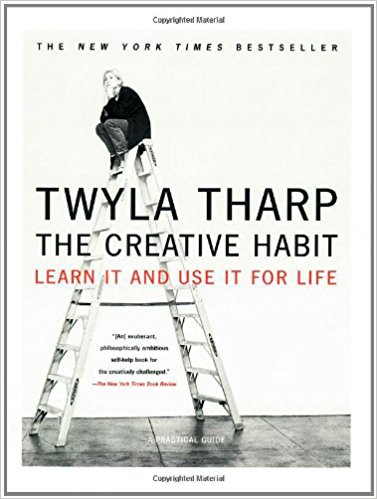
”In order to be creative you have to know how to prepare to be creative.”
”If art is the bridge between what you see in your mind and what the world sees, then skill is how you build that bridge.”—Twyla Tharp
Twyla Tharp is one of the world’s greatest choreographers. In “The Creative Habit,” she tells us that creativity is exactly that—a habit…If we want to go from creating ordinary work to creating extraordinary work, then we need to develop the habits that’ll help us make that a reality.
6. “The Talent Code” by Daniel Coyle
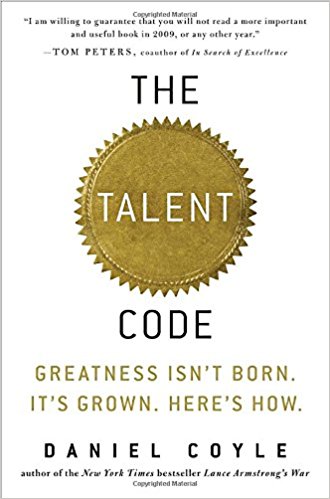
“Every human skill, whether it’s playing baseball or playing Bach, is created by chains of nerve fibers carrying a tiny electrical impulse— basically, a signal traveling through a circuit. Myelin’s vital role is to wrap those nerve fibers the same way that rubber insulation wraps a copper wire, making the signal stronger and faster by preventing the electrical impulses from leaking out. When we fire our circuits in the right way— when we practice swinging that bat or playing that note— our myelin responds by wrapping layers of insulation around that neural circuit, each new layer adding a bit more skill and speed. The thicker the myelin gets, the better it insulates, and the faster and more accurate our movements and thoughts become.”—Daniel Coyle
In “The Talent Code,” Daniel Coyle, a journalist and reporter, brings us a scientific approach to creativity. In the book, Coyle tells us about a neural insulator called “myelin,” which some neurologists consider to be the key to acquiring skills of every kind… And of course, if you want to level-up your creative output, you’ve gotta level-up your skills. Bottom line? More myelin = creative excellence… Creative excellence in sports. In business. In art. In everything. And if you want to achieve creative excellence, too, then you’ve got to be growing myelin on a regular basis. The best way to do it? 10X the amount of practice you put into becoming the best at what you do. If you’re in sales, call 10X the amount of people you normally do, and you’ll naturally get better and more creative as a result. If you’re a writer, 10X the amount of words you write per day and you’ll naturally get better and more creative as a result. Set goals that are just beyond your reach so that you’ve got no choice to level-up your skills in order to achieve them. That’s how you build more myelin.
7. “Creativity” by Mihaly Csikszentmihalyi
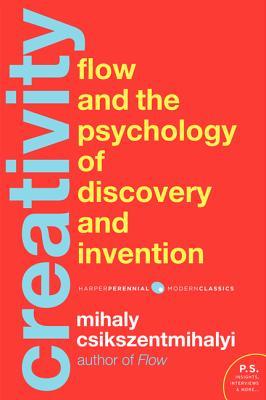
“Creativity is a central source of meaning in our lives for several reasons… First, most of the things that are interesting, important, and human are the results of creativity. We share 98 percent of our genetic makeup with chimpanzees… Without creativity, it would be difficult indeed to distinguish humans from apes.”—Mihaly Csikszentmihalyi
In “Creativity,” Mihaly Csikszentmihalyi schools us on how to leverage flow-states to increase our creativity. In the book, he discusses what he learned after interviewing 91 creative professionals from a wide array of professional endeavors, from astronauts to writers, philosophers and everyone in-between. Here are a few big ideas from the book: Creative people have a thirst to constantly continue learning about their subjects of interest; they never get sick of practicing the fundamentals, and they know how to connect seemingly unrelated ideas together to create something totally new.
8. “Daily Rituals” by Mason Currey
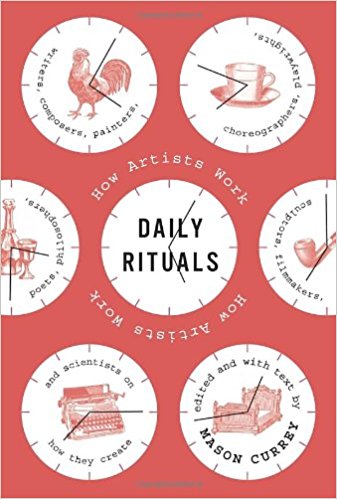
“Inspiration is for amateurs,
[…]The rest of us just show up and get to work.”—from “Daily Rituals” by Mason Currey
In this creativity book, the author profiles 250 of the most creative people of modern history. Freud. Orwell. Benjamin Franklin. Maya Angelou. Ayn Rand. All these people had creative habits that helped them gain their notoriety. And in this book, Mason Currey details those elements of their daily lives, from when they wake, to how they work, to the foods they eat. Everything’s covered. This is an awesome coffee table book. Pick it up whenever you need some of the world’s greatest thinkers to inspire you towards increasing your creativity.
9. “Creativity, Inc.” By Ed Catmull
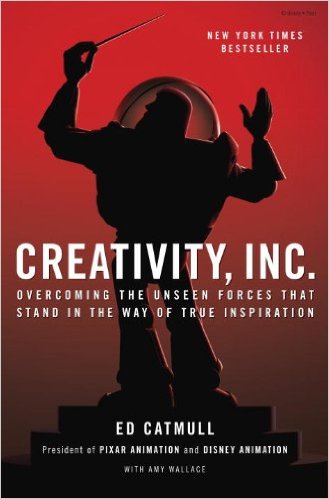
“It isn’t enough merely to be open to ideas from others. Engaging the collective brainpower of the people you work with is an active, ongoing process. As a manager, you must coax ideas out of your staff and constantly push them to contribute.”—Ed Catmull
This book is about the intersection of where creativity meets commerce. It was written by the co-founder of Pixar, Ed Catmull. The key creativity take-away I walked away with after reading this book was about igniting higher levels of creativity within an organization. I learned that I could inspire my employees to become more creative by fostering an environment that was actually conducive to creativity.
10. “The Originals” by Adam Grant
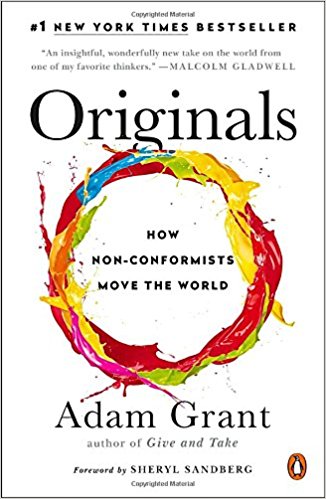
“Our companies, communities, and countries don’t necessarily suffer from a shortage of novel ideas. They’re constrained by a shortage of people who excel at choosing the right novel ideas.”—Adam Grant
The actionable insight from this book for me was this: increasing your creativity requires increasing your output. Regardless of what type of work you do, the key to creative genius lays in creating constantly and consistently and in very high quantity. It’s all about volume–those who create the most work increase the odds of creating the best work. Maya Angelou wrote 165 poems, Picasso created over 5,800 works, and 12,000 drawings. Einstein wrote 248 publications. Bottom line? High output —> high creativity.
There Yah Have It—My Top 10 Books For Increasing Your Creativity.
If you want to increase the speed at which you read these creativity books, come join thousands of other peeps over at FlashBooks, where we summarize the best personal development and business books into 20-minute audio-summaries and 10-page PDFs. You can signup for $1 here
